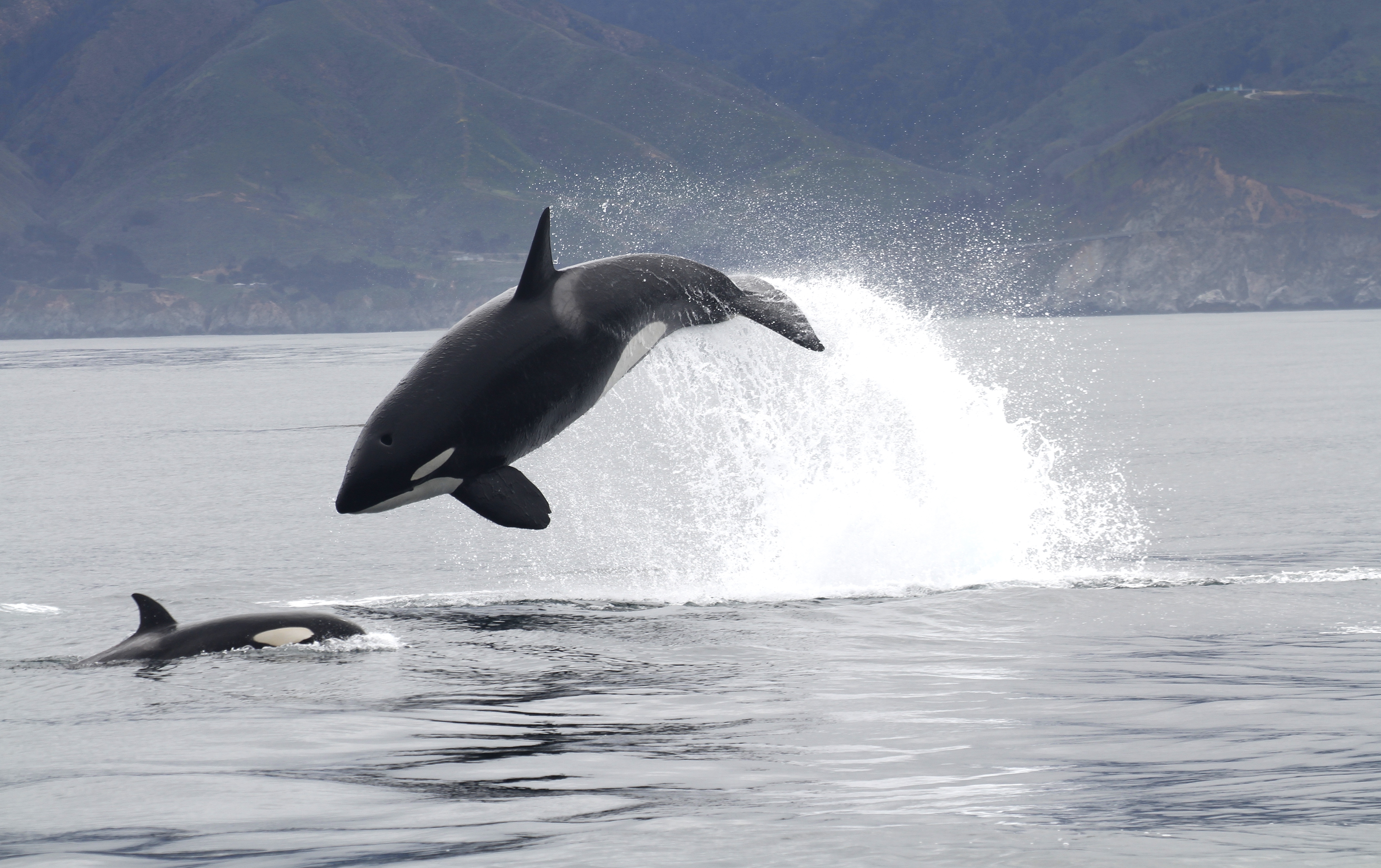News release
From:
Killer whales use specialized hunting techniques to catch marine mammals in the open ocean
Subpopulation of transient killer whales hunt sea lions, seals and whale calves off the coast of California
Killer whales foraging in deep submarine canyons off the coast of California represent a distinct subpopulation that uses specialized hunting techniques to catch marine mammals, Josh McInnes at the University of British Columbia and colleagues report March 20 in the open-access journal PLOS ONE.
Killer whales (Orcinus orca) are found in oceans around the world, but they form separate populations, or ‘ecotypes’, that have their own social structure, food preferences and hunting behaviors. One ecotype, known as transient killer whales, specialize in hunting marine mammals. This ecotype can be divided into two groups — inner coast whales that feed in shallow coastal waters, and outer coast whales that hunt in deep water — but relatively little is known about the outer coast whales. Researchers compiled data from marine mammal surveys conducted between 2006 and 2018 and whale-watching ecotours between 2014 and 2021, to investigate the foraging behavior of outer coast transient killer whales around Monterey Submarine Canyon in California.
Members of this subpopulation were only sighted in open water and mainly preyed on California sea lions, grey whale calves and northern elephant seals. They use specialized techniques to hunt in open water, where prey can’t easily be cornered. They often subdued their prey by ramming it with their head or body, and used their tail to hit or catapult sea lions into the air. The researchers identified two main types of foraging behavior — distributed groups diving independently in the open water, and tightly coordinated groups foraging along the contours of the submarine canyons.
These results suggest that the outer coast whales are a distinct subpopulation that has developed specialized hunting techniques to catch marine mammals in this deep-water habitat. Their distinct foraging behaviors may be culturally transmitted from generation to generation, the authors say.
The authors add: “Transient (mammal-hunting) killer whales have been studied primarily in coastal shallow water habitats, and there is currently little known regarding their behavior in offshore and deep pelagic systems. This study highlights the complex foraging behavior and ecology of transients and how they act as apex predators in productive deep submarine canyon systems and how their behavior is linked to multiple marine mammal prey populations in the North Pacific Ocean.”



 International
International



